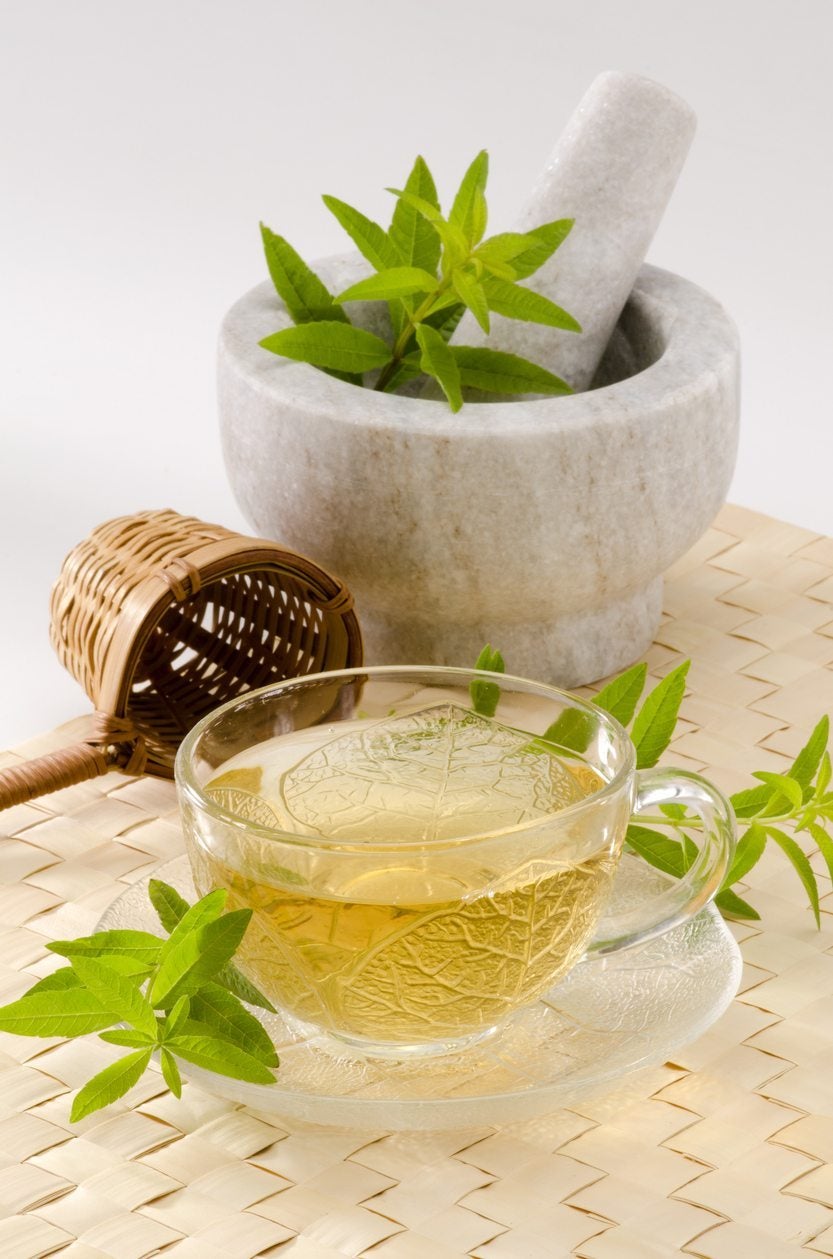Verbena Tea Information: Learn About Growing Lemon Verbena For Tea

I love a cup of steaming, fragrant tea in the morning and prefer mine with a slice of lemon. Since I don’t always have fresh lemons on hand, I’ve taken to making tea from verbena, specifically lemon verbena. What’s lemon verbena? Only the most surprising duplicate for lemon, especially given that it’s a leaf. It really does have an authentic lemon twang, flavor, and fragrance. Interested? Read on to find out about making tea from verbena, growing lemon verbena herbs for tea, and other helpful verbena tea information.
Growing Verbena for Tea
Lemon verbena is a deciduous shrub that thrives in USDA zones 9 and 10 and can survive in zone 8 with protection. Native to Chile and Peru, the plant grows along roads where it can achieve heights of up to 15 feet (5 m). While not a “true” verbena species, it is often referred to as such. Lemon verbena does best in loose, well-draining soil that is rich in organic matter. The plant does not like wet roots, so excellent drainage is crucial. Verbena plants can be grown in the garden or in a container that is at least a foot (31 cm.) across. Grow in an area of full sun, at least eight hours per day, for maximum flavor. Unlike most herbs, lemon verbena is a heavy feeder and benefits greatly from fertilization. Fertilize the plant in the early spring and throughout the growing season with an organic fertilizer. Fertilize the plant every four weeks during its growth phase. Lemon verbena typically loses its leaves when temps drop below 40 degrees F. (4 C.). If you want to try to extend its life, harden the plant off by reducing watering a few weeks prior to your predicted area’s first frost. You can then bring the plant indoors before it freezes to overwinter. Or you can allow the plant to drop its leaves and then move it indoors. Prior to bringing the plant inside, prune out any spindly stems. Do not overwater dormant, leafless plants.
How to Harvest Verbena for Tea
When making tea from verbena, you may use fresh leaves, of course, but you will want to capture its lemony aroma and flavor for use during the winter months. This means drying the leaves. When collecting leaves to make tea, select healthy leaves in the morning, just after any dew has dried; this is when the plant’s essential oils are at their peak, giving the leaves their most flavor. Leaves can be harvested throughout the growing season, although if you are growing this plant as a perennial, quit harvesting a month or so before the first expected fall frost. This will give the plant some time to build up its reserves prior to winter.
Lemon Verbena Tea Information
Lemon verbena is said to be helpful with digestive ailments. It has been used for centuries as a fever reducer, sedative, antispasmodic, and for its antimicrobial properties. There are several ways to dry herbs for use throughout the year. One option is to cut bunches of lemon verbena, tie them together with string or twine, and hang it in a warm dry place with good ventilation. Once the leaves are dry and crackly, strip them from the stems and crumble them with your hands. Store them in an airtight container out of direct sunlight. You can also strip the fresh leaves from the stems and dry them on a screen, in the microwave, or oven. When the leaves are completely dry, store them in an airtight container out of sunlight. Be sure to label and date the container. Most herbs lose their flavor after about a year. Once the leaves have been dried, making tea from verbena is quite simple. Use either 1 tablespoon (15 ml.) of fresh herbs or 1 teaspoon (5 ml.) of dried for each cup of boiling water. Place the leaves in a tea strainer of a teapot, pour the boiling water over them, cover, and steep for three minutes or more, depending on how strong you like your tea. Adding mint to verbena tea steps it up a notch. Another easy tea method to make tea is to make lemon verbena sun tea. Just snip enough leaves for a couple of handfuls and put them in a large glass jar. Fill the jar with water and allow the whole thing to sit in the sun for several hours. Disclaimer: The content of this article is for educational and gardening purposes only. Before using or ingesting ANY herb or plant for medicinal purposes or otherwise, please consult a physician or a medical herbalist for advice.
Sign up for the Gardening Know How newsletter today and receive a free copy of our e-book "How to Grow Delicious Tomatoes".

Amy Grant has been gardening for 30 years and writing for 15. A professional chef and caterer, Amy's area of expertise is culinary gardening.
